In 1578, the Gregorian calendar was put into provisional use in most Catholic countries to solve the seasonal problems with the year; however, it caused a liturgical problem–what to do on Leap Year Day? The Catholic Church did not want a saint’s day occurring once every four years.
The Church borrowed the Julian calendar’s method of counting days by Calends, Nones, and Ides. The Roman Leap Year Day was on the 24th of February. The 24th day was doubled on the 25th day, the sixth before the Calends (or first) of March.
This additional day was called “double-sixth-day” (six days before the first day of March, the Calends). On the 24th of February, the Church had assigned the feast of St. Matthias, the disciple chosen to fill the place of Judas among the apostles (Acts 1:15-26). In Leap Year, the 24th was simply repeated on the 25th, and St. Matthias was again commemorated, being said to “leap” to the next day, allowing the saints’ days following to remain, ending the month as usual.
This tradition was preserved in Catholic liturgy until 1969 when St. Matthias’ fourth-yearly leap came to an end. His feast was moved to May 14 so it could be celebrated outside of Lent and closer to the Solemnity of the Ascension.
To read more about St. Matthias and leap year lore, click here.

